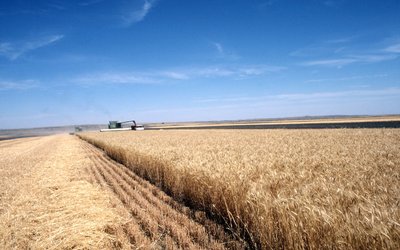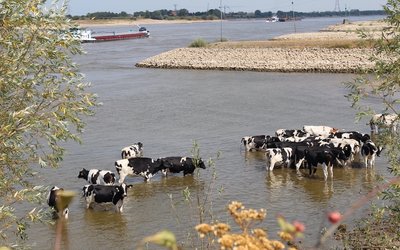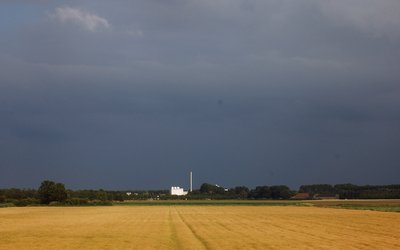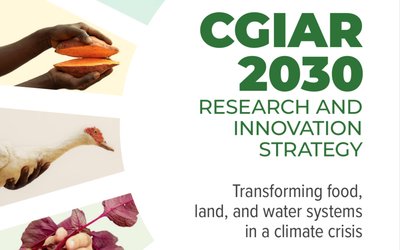What do climate service users need and what can they get?
September 22, 2016

Presented by Erik Kolstad (Uni Research Climate & Bjerknes Centre for Climate Research) at the 4th Nordic Conference on Climate Change Adaptation in Bergen, Norway, August 2016.
The awareness has grown that we need to adapt to the changing climate now and in the future. What changes are to be expected? To what extent do we have to adapt? What measures are needed, and what needs to be done now? These are the questions authorities, businesses and even citizens struggle with. They look at the scientific community for answers. Indeed, scientists have a lot to offer. How can we arrange that the latest scientific knowledge becomes available to all of those looking for answers? By developing climate services with tailor-made information. This way, research communities reach out to those who have to adapt. Kind of bridging supply and demand. That’s quite a challenge for the research communities. It calls for close communication with the end-users of their products. And sometimes demands just can’t be met.
Erik Kolstad is one of those scientists reaching out to end-users and trying to present them the tailor-made information they look for. He works as a meteorologist in Western Norway where the geography is characterized by steep mountains and fjords. Because of this geography the impact of climate change on, for instance, rainfall strongly varies from one place to another. This information is only relevant to users if you can deliver it a very high resolution. The kind of modelling that is needed for that is very expensive, however. You have to find an optimum where you deliver adequate information to answer questions at reasonable costs. This calls for frequent communication between researchers and users. ‘This is a novelty for us’, Erik says, ‘and some of the reactions of the users of our products came as a surprise.’
Erik had expected a pro-active response from users of his climate services. He expected questions from the agriculture sector on the length of the growing season in coming decades. He expected the road maintenance authority to ask him about the increase of the number of zero degree crossings in the winter, because this determines the extent of damage to the roads. Strangely enough, they didn’t come. ‘We almost have to force the users to come to us with what they need. Apparently, they don’t come to climate scientists themselves’, Erik concludes. From his contacts he came to realize that users have to make choices in their overfull agendas, and climate change is long-term and doesn’t get top priority. Erik: ‘In a way you might say that a sense of urgency is lacking, day to day problems are considered more urgent.’
This sense of urgency may increase rapidly, however, if an extreme event strikes. In 2005 landslides near Bergen caused casualties. Since then, the importance of climate services to control these hazards is high on the agenda of the municipality of Bergen. But these kinds of triggers that create a sense of urgency do not easily develop for sectors where climate change impacts manifest more slowly, in a creeping way, such as forestry and agriculture. Erik: ‘These sectors do not realize what is happening due to climate change, they do not think about longer-term effects. Besides, they sometimes don’t know what scientists can offer.’
From his experience Erik has learned that scientists need to reach out actively to users, start the dialogue to make them see what information they need to adapt to the (possible) consequences of climate change. This dialogue is the starting point to bridge the gap between supply and demand. Erik: ‘Websites with information are not enough. Users need someone to talk to, a personal, active approach.’








